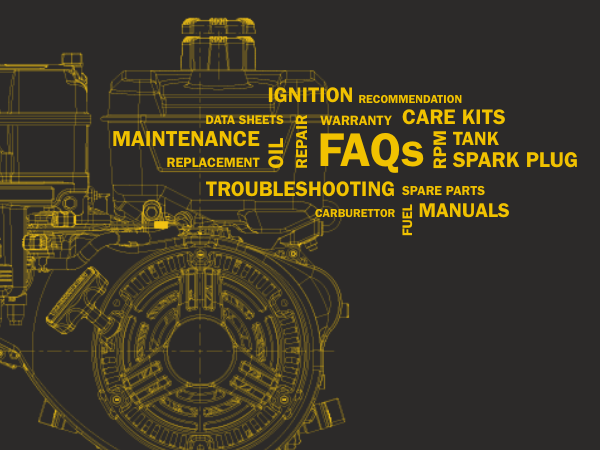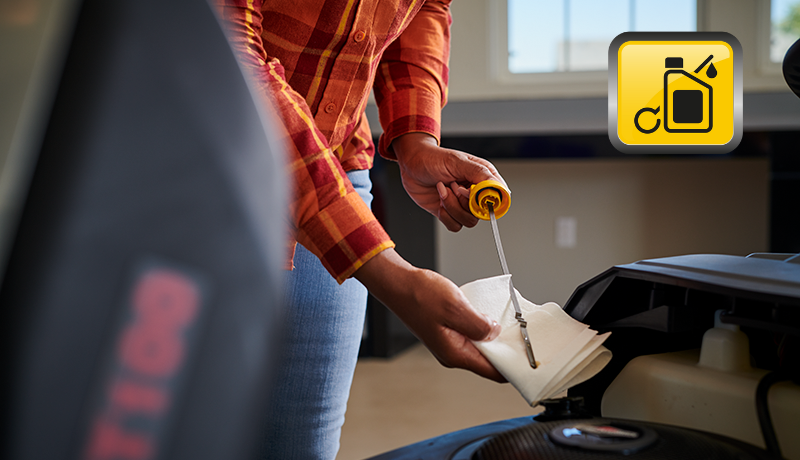WHAT OIL SHOULD I USE FOR MY ENGINE?
- This FAQ article applies to all Vanguard engines -
This guide provides comprehensive information on oil recommendations for your engine, ensuring optimal performance and longevity. Understanding the right type and viscosity of oil is crucial for varying temperature conditions and specific engine requirements.
Use a high quality detergent oil classified "For Service SF, SG, SH, SJ" or higher.
Choose a viscosity according to the table below.
Do not use special additives.
To view the most current information regarding oil type and capacity specific to your engine, please view your engine Operator's Manual online. Engine Break-in procedures for both Synthetic and standard oil remain the same.
| Oil | Temperature range | Purpose | |
|---|---|---|---|
| SAE 30 | 5°C and higher (40°F and higher) |
All purpose use above 5°C, use below 5°C will cause hard starting | |
| 10W-30 | -18 to 38°C (0 to 100°F) |
Better for varying temperature conditions. This grade of oil improves cold weather starting, but may increase oil consumption at 27°C (80°F) or higher | |
| Synthetic 5W-30 | -30 to 40°C (-20 to 120°F) |
Provides the best protection at all temperatures as well as improved starting with less oil consumption | |
| 5W-30 | 5°C and below (40°F and below) |
Recommended for winter use, and works best in cold conditions | |
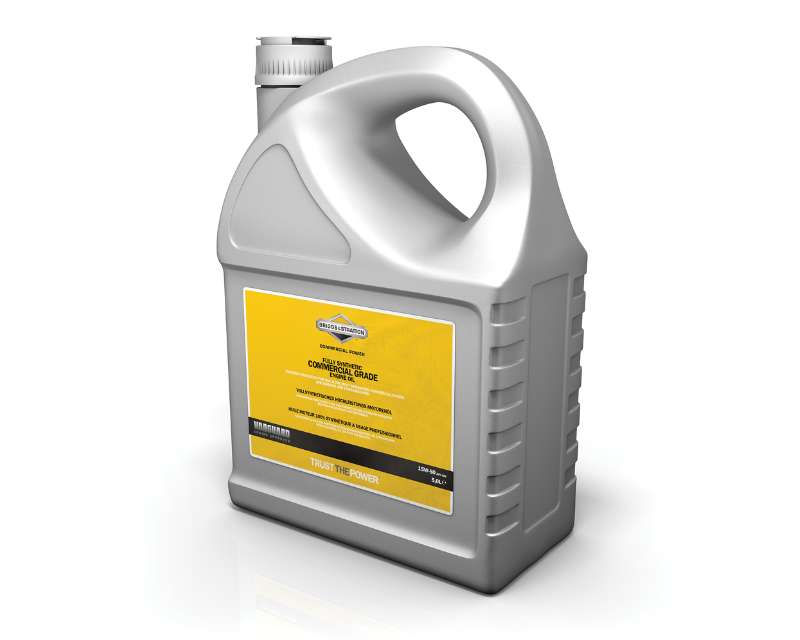 |
Commercial Grade Engine Oil 15W-50 | -7°C to 54°C (20°F to 130°F) |
For continuous commercial use equipment, such as commercial lawn cutting or pressure washing |
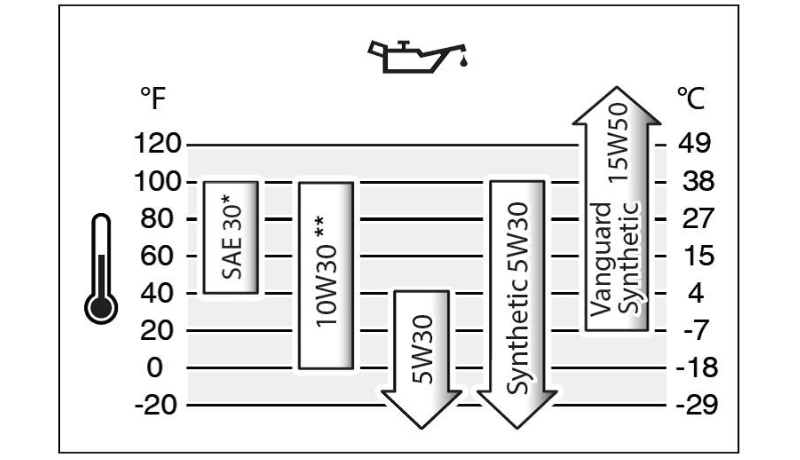
*Below 4°C (40°F) the use of SAE 30 will result in hard starting and could cause a lack of lubrication failure.
**Above 27°C (80°F) the use of 10W30 may cause increased oil consumption. Check oil level more frequently.
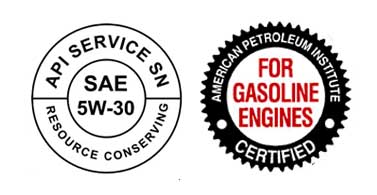
Note: Synthetic oil meeting ILSAC GF-2, API certification mark and API service symbol (shown at left) with "SJ/CF ENERGY CONSERVING" or higher, is an acceptable oil at all temperatures. Use of synthetic oil does not alter required oil change intervals.
Engine oil capacity varies by model. Refer to our FAQ "How much oil is required for my engine?" to determine your specific engine's capacity.
FURTHER ENGINE MAINTAINANCE TIPS
GET SUPPORT
Take advantage of the expertise your local dealer can provide for service and support on your Vanguard engine.
MANUALS & IPLS
Download the operator's manual for your Vanguard engine or equipment by following our step-by-step process.
Please read and abide by any applicable Safety Information contained in your engine Operator's Manual. The material provided above is not intended to replace work performed by a Briggs & Stratton authorized dealer. Terms and Conditions apply to all of the information presented on this website. Always be sure to completely read and understand your engine Operator's Manual.




